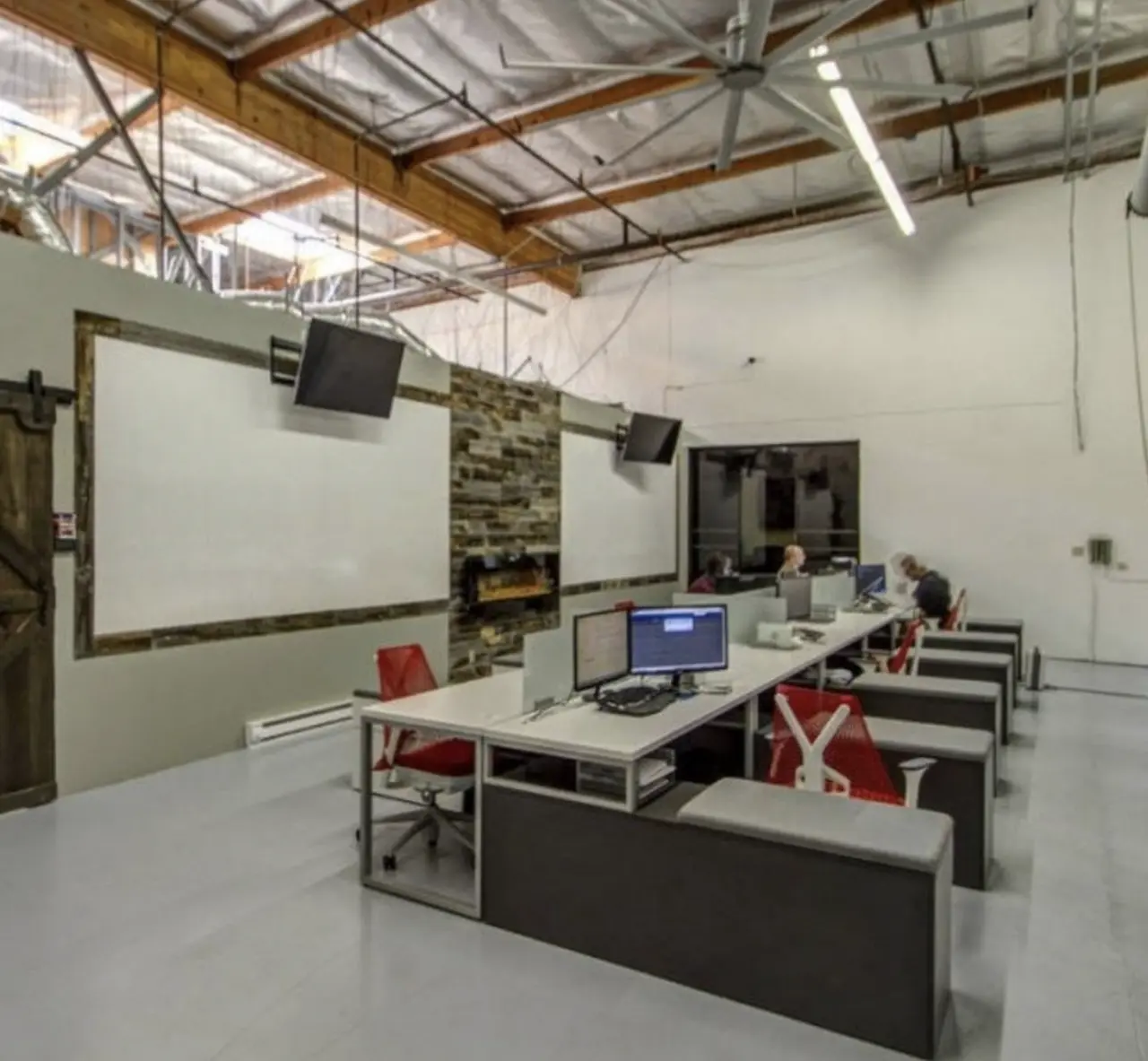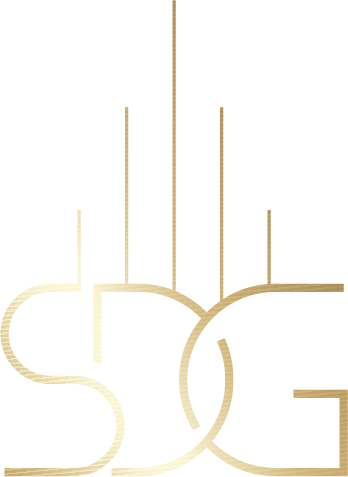10 Ways to Design a Productive Work Environment for Modern Offices
Creating a productive work environment is essential for modern offices aiming to maximize efficiency and employee satisfaction. With an ever-evolving work culture, striking a balance between comfort and productivity can seem challenging. This blog outlines practical tips to design an office space that fosters creativity, collaboration, and focus.
1. Creating Open and Flexible Spaces
Open office spaces revolutionize the way we work, by providing areas where team members can foster collaboration and creativity. Imagine an office where flexible furniture allows for dynamic settings that change according to daily needs—whether it’s a brainstorming session or a quiet task. This adaptability supports a culture of fluid thinking and breaks down the physical barriers that impede collaboration. By choosing furniture that is not just aesthetically pleasing but functionally flexible, you lay the groundwork for a vibrant, engaging space.
Modern work environments demand an agility found in few traditional settings. By incorporating mobile, adaptable elements in your office design, you can create a layout that evolves with your business needs. This could mean incorporating mobile furniture solutions or simply rethinking the layout to encourage increased interaction. Flexible spaces allow for spontaneous meetings and enable workflows that keep pace with the ever-changing demands of business.
Beyond just physical layouts, consider the cultural shift a flexible space can incite within your team. The design could prompt employees to engage in problem-solving discussions that transcend departmental silos. It’s about fostering an environment that understands human needs while simultaneously addressing business efficiencies. Such design principles not only bring vibrancy to your workspace but also demonstrate your commitment to employee well-being and productivity.
2. Incorporating Natural Light and Greenery
Harness the power of natural elements to invigorate your work environment. Natural light significantly enhances cognitive performance and mood, leading to more efficient work and happier employees. Moving desks near windows or skylights is a simple tweak with profound benefits. Meanwhile, introducing greenery such as indoor plants can transform your office from a static environment to a lively ecosystem, improving air quality and reducing stress levels.
Research consistently shows that environments rich in natural light and greenery are not just healthier but also encourage creativity. Designing your office with biophilia—a strong affinity toward nature—can be a game-changer. Consider installing a living wall to inject a sense of natural beauty or placing large potted plants strategically throughout the office. This creates visual breakpoints that inspire and calm, turning mundane spaces into rejuvenating havens.
3. Providing Quiet Zones
In the hustle and bustle of a collaborative workspace, quiet zones provide refuge for those needing concentration. It’s critical to strike a balance between open, interactive areas and secluded spaces. Quiet zones can be a designated room, a partitioned-off section, or simply noise-cancelling pods. According to office noise reduction experts, sound-absorbing panels also contribute significantly to creating these tailored quiet spaces.
4. Ergonomic Furniture
Selecting furniture that supports comfort and health is vital, as most office workers spend extended hours at their desks. Ergonomics shouldn’t be an afterthought but a design priority. Investing in ergonomic chairs and adjustable desks can prevent long-term health issues like back pain and carpal tunnel syndrome. Such furniture underscores your commitment to employee health and speaks volumes about your organizational culture.
Ergonomics is not just about physical setups—it encompasses the entire experience of using an office space. Ergonomic office design solutions include not only adjustable chairs and desks but also thoughtfully placed monitor stands, keyboard trays, and footrests. By fitting out your office with these essentials, you create an environment that promotes well-being and maximizes productivity. Such deliberate planning in workspace design can save your employees from unnecessary injuries while enhancing their productivity.
5. Incorporating Advanced Technology
Technology is a crucial enabler of productivity in the modern workplace. High-speed Wi-Fi, cloud technologies, and user-friendly communication tools are non-negotiables in today’s digital office. Integrating office technology enhancing productivity is all about ensuring seamless access to information and facilitating smooth workflows. Investments in technology pay off as they significantly reduce downtime and help maintain employee engagement and satisfaction.
6. Designing Inspiring and Creative Decor
The ambiance of your office space contributes immensely to employee morale and creativity. Balancing hues and decorative elements can deeply influence workplace vibes. Imagine walls washed in blues encouraging focus or splashes of red igniting passion. Such decor elements, complimented by artistic pieces that reflect your company culture, can make your office not just a place of work, but of inspiration. Incorporating diverse textures and materials, echoing the principles of a productive workplace environment, furthers this endeavor.
7. Fostering a Sense of Community
Building strong interpersonal connections within teams is essential for fostering a productive work environment. Creating well-designed community spaces—separate from workstations—nurtures this sense of belonging. Such areas serve as venues for impromptu meetings, casual catch-ups, or celebrations, encouraging employees to share ideas and stories. This sense of community can boost morale and strengthen team dynamics, vital components of any successful workplace.
A community-friendly workspace doesn’t just introduce collaborative zones but aligns these spaces with the cultural values and needs of the organization. Such design principles not only enhance collaboration but also uplift team spirit and corporate culture, making the office a hub of innovation and creativity.
8. Integrating Health and Wellness Features
Incorporating health-oriented features in office design reflects a commitment to both employee welfare and productivity. Standing desks, on-site gyms, or wellness programs are exemplary features that promote healthier lifestyles. Promoting wellness through workspace design not only boosts employee satisfaction but maximizes work output by reducing stress-related absences.
9. Adapting to Flexible Work Schedules
Flexibility in scheduling is increasingly becoming an expected element in work culture. As such, design your office with spaces that are versatile enough to accommodate both traditional work schedules and the growing trend of remote work. Implementing a design that caters to diverse work styles supports increased job satisfaction and morale, reinforcing the boost in productivity sought through these design innovations.
10. Ensuring Clear Communication Channels
An effective communication infrastructure is essential for a well-functioning office. Whether it’s tech tools for instant messaging or collaborative platforms for project management, the right channels ensure everyone stays connected and informed. As outlined in our approach, clear communication lines not only enhance productivity but foster a collaborative corporate environment.








